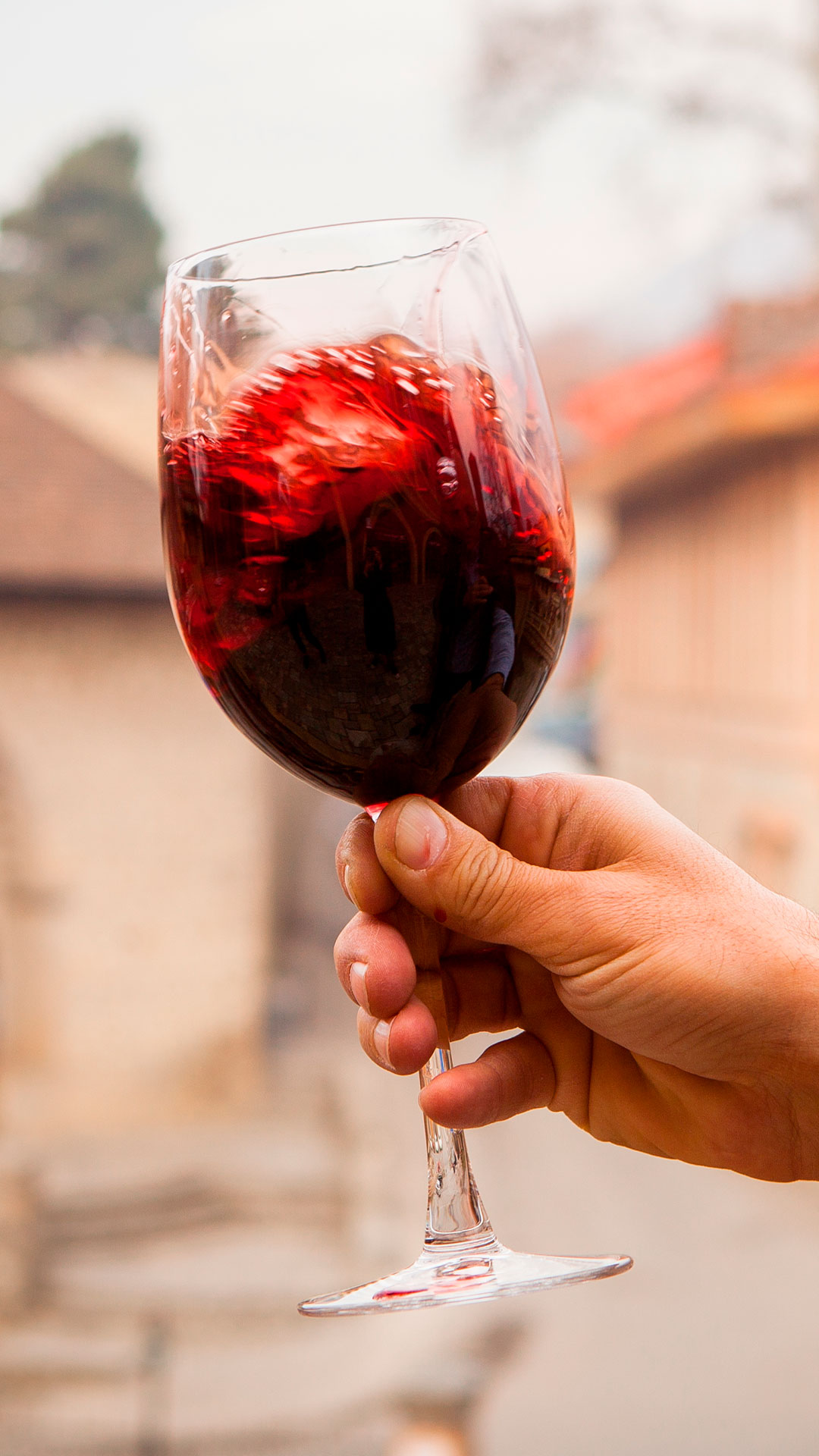
Bordeaux, a land where tradition and innovation meet, is synonymous with excellence in the world of wine. This iconic region of France, renowned for its prestigious wines, offers a unique diversity of terroirs and styles that enchant wine lovers from all over the world. With a history that dates back centuries, Bordeaux is the leading AOC (Appellation d’Origine Contrôlée) region in the country.
An Unmatched Historical Legacy
The history of Bordeaux wine is deeply intertwined with the city’s evolution. In the 6th century BC, Greek and Phoenician sailors introduced the first vines to southern Gaul. During the Roman occupation in the 1st century, the Biturica grape, resistant to harsh winters, was discovered, marking the beginning of the region’s winemaking development. With the decline of the Roman Empire, monks preserved the vineyards around churches and abbeys, keeping the tradition alive.
In the Middle Ages, viticulture flourished, especially after the marriage of Eleanor of Aquitaine and Henry Plantagenet, the future King of England, in 1152. This alliance made Bordeaux one of the largest wine exporters to Great Britain, expanding vineyards to regions such as Fronsac, Saint-Émilion, Cadillac, Barsac, and Langon. In 1199, the oldest of Bordeaux’s 18 wine fraternities was founded in Saint-Émilion.
The Six Families of Bordeaux Wines
The diversity of Bordeaux is reflected in its six great wine families, each defined by unique terroirs and styles:
- Médoc: Situated on the 45th parallel, Médoc benefits from an ideal oceanic climate for vine cultivation, producing rich and structured reds such as those from Pauillac and Margaux.
- Les Côtes – Blaye Bourg: On the right bank of the Gironde estuary, this region offers rolling landscapes and wines marked by freshness and elegance.
- Saint-Émilion, Pomerol, and Fronsac: Known for their aging potential, with Saint-Émilion being classified as a UNESCO World Heritage site.
- Entre-Deux-Mers: Between the Dordogne and Garonne rivers, this region is famous for its dry whites and clairets, with vineyards influenced by ocean tides.
- Graves and Sauternes: With high-quality soils and favorable microclimates, these regions produce robust reds, delicate whites, and the iconic sweet wines of Sauternes.
- Bordeaux and Bordeaux Supérieur: Representing more than half of the region’s production, including reds, whites, rosés, and sparkling wines.
Cru – Classifications that Make History
In 1855, under Napoleon III, Bordeaux made history by creating the first wine classification, which endures to this day. The region boasts five main classifications: the 1855 Classification, the Graves Classification, the Saint-Émilion Classification, the Cru Bourgeois Classification of Médoc, and the Cru Artisans Classification. These official distinctions recognize the excellence of Bordeaux wines, reflecting the history, dedication, and specificity of each estate.
However, despite the absence of an official classification, many wines outside of these categories continue to be acclaimed worldwide, proving that Bordeaux’s quality goes beyond its classifications.
The Distinctive Grape Varieties of Bordeaux
Six main grape varieties dominate Bordeaux wines: Merlot, Cabernet Sauvignon, and Cabernet Franc (reds), and Sémillon, Sauvignon Blanc, and Muscadelle (whites). These varieties, often blended together, are the essence of the region’s wines. Complementary varieties such as Petit Verdot, Malbec, and Carménère (reds), and Colombard, Merlot Blanc, Sauvignon Gris, and Ugni Blanc (whites), enrich the wines with unique nuances, adding freshness to the whites, smoothness to the reds, and unmistakable sweetness to the dessert wines.
The Soul of Bordeaux Wines
In summary, Bordeaux is a true gift from nature, a land blessed by Bacchus, where exceptional terroirs combine with centuries of tradition and knowledge. This region offers an incomparable range of fine wines, ranked among the most prestigious in the world.
Discover the essence of Bordeaux in your most special moments. Shop here.

